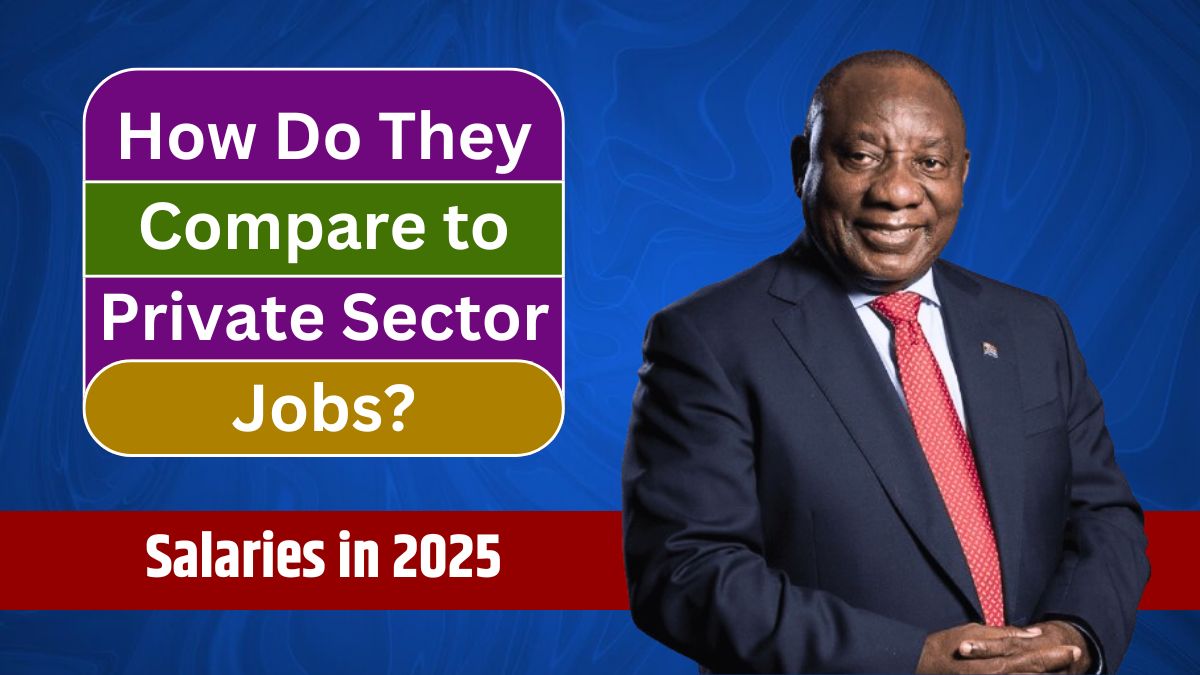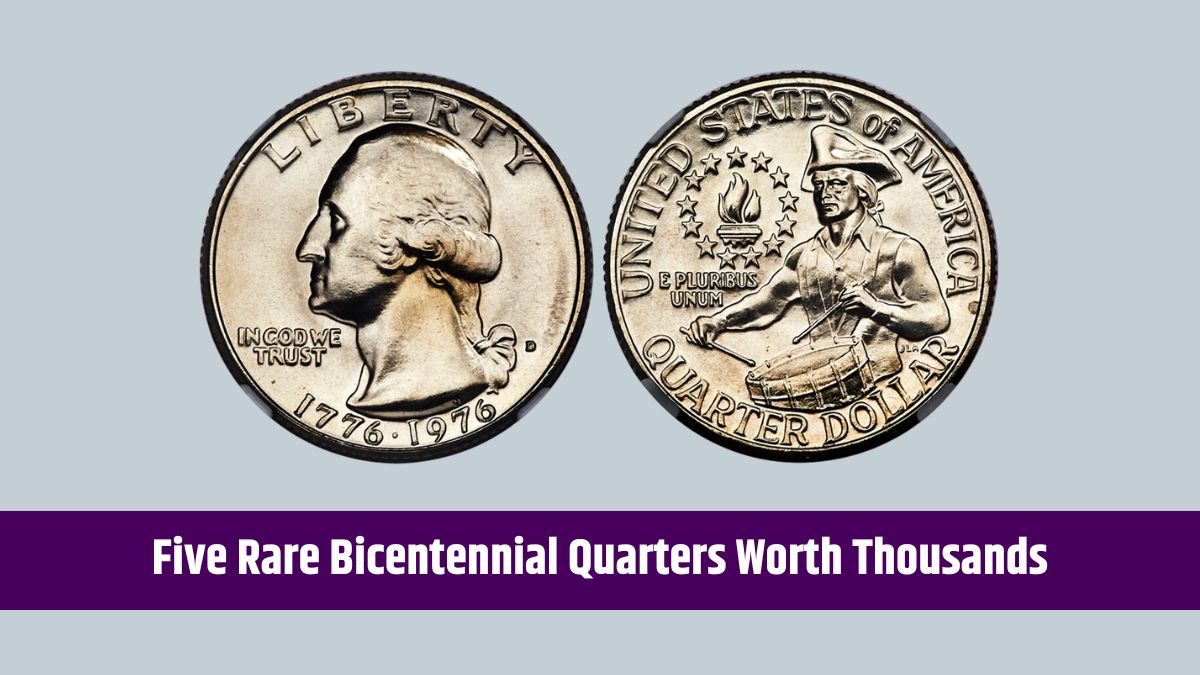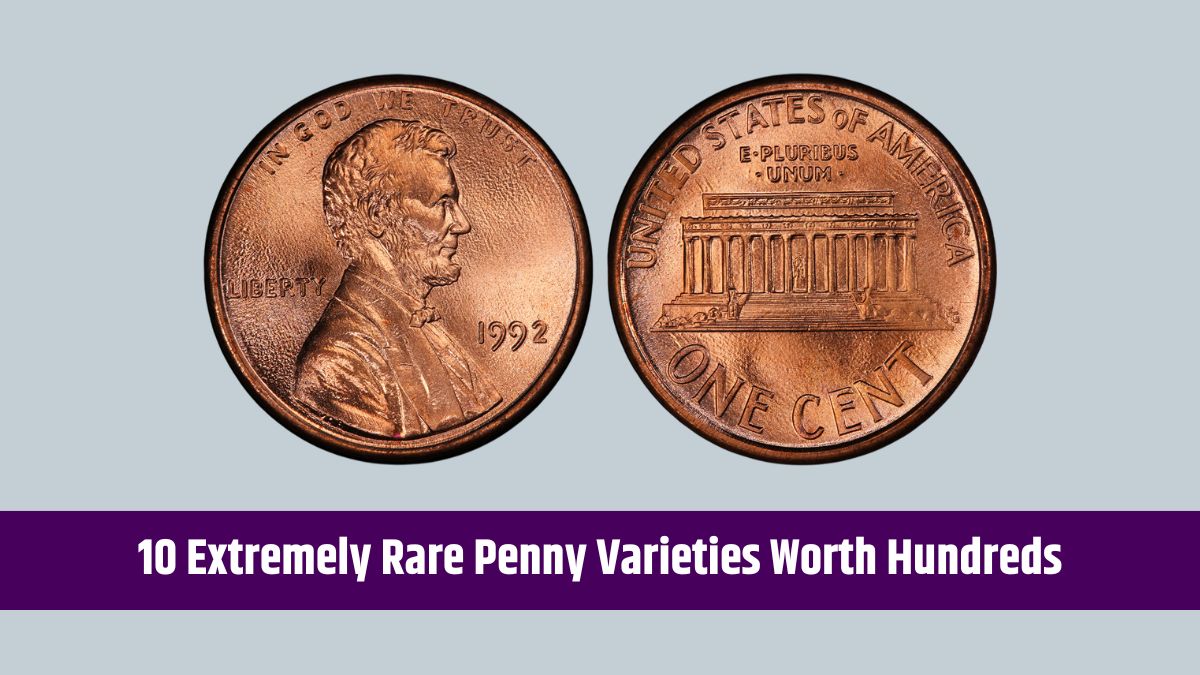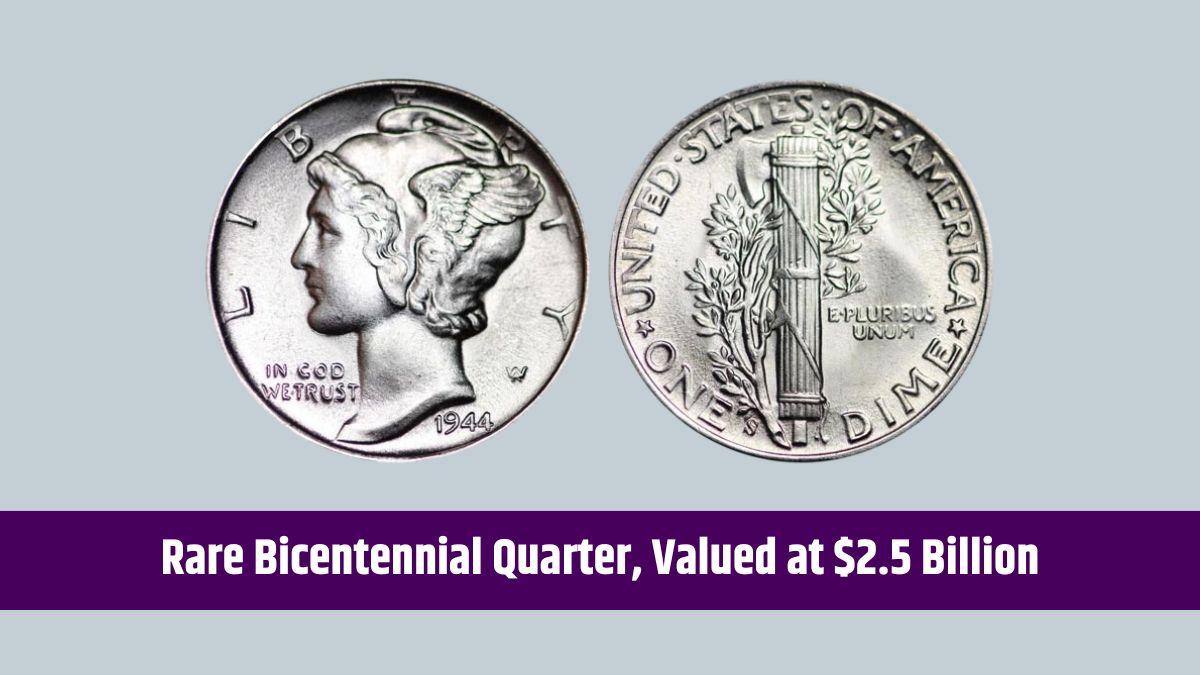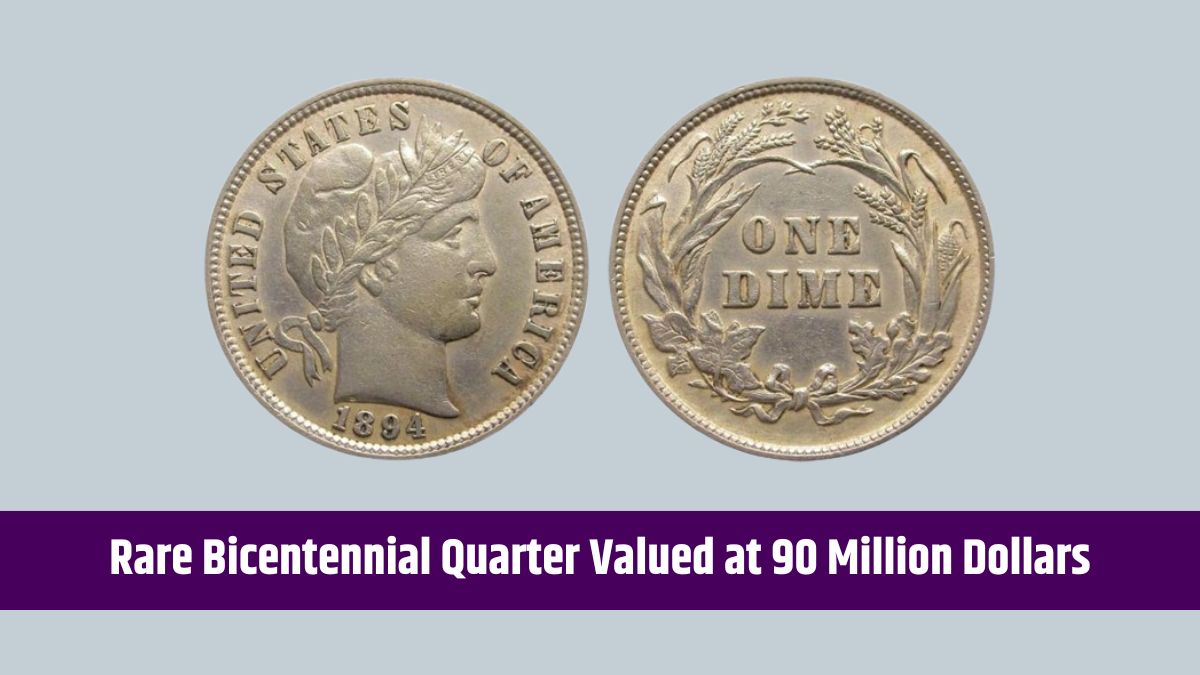In 2025, South African public servants earned an average of R41,000 per month, significantly outpacing the national average salary of R27,000. This 34% wage premium has sparked debates over wage disparities, fiscal sustainability, and the impact on service delivery. While higher public-sector salaries aim to attract and retain skilled professionals, they also contribute to rising government expenditure, raising critical questions about efficiency and resource allocation.
Public vs. Private Sector
The wage disparity between South Africa’s public and private sectors has long been a contentious issue.
| Sector | Average Monthly Salary (R) | Percentage Difference |
|---|---|---|
| Public Sector | 41,000 | +34% |
| Private Sector | 27,000 | – |
| National Average | 27,000 | – |
Public Sector as a Top Earner
Public servants’ salaries place them among the top 10% of income earners in the country. This competitive edge reflects deliberate government policies to address skill shortages and improve retention, but it comes with significant fiscal implications.
Why Are Public-Sector Salaries Higher?
The public sector faces critical shortages in fields such as education, healthcare, and law enforcement. Higher salaries and benefits help attract and retain talent in these essential areas.
Comprehensive Benefits Packages
Public servants enjoy attractive benefits, including:
- Pension Contributions: Robust, government-backed retirement plans.
- Medical Aid Subsidies: Heavily subsidized healthcare.
- Housing and Vehicle Allowances: Financial support for personal assets.
- Annual Bonuses: Performance-related bonuses and travel allowances.
Historical Wage Adjustments
Over the years, regular wage increases have widened the gap between public and private-sector earnings. These adjustments have ensured competitive salaries but added to the growing wage bill.
Public-Sector Wage Bill
In 2025, the public-sector wage bill accounted for 32% of government expenditure, leaving limited resources for:
- Infrastructure Development: Many projects face delays due to funding constraints.
- Healthcare Services: Persistent issues with hospital staffing and equipment.
- Educational Initiatives: Schools lack adequate resources and teaching materials.
Long-Term Goals
The government plans to reduce the wage bill to 31% of total expenditure by 2028, focusing on gradual adjustments through fiscal consolidation.
Breakdown of Public-Sector Salaries
Public-sector earnings vary significantly by role:
| Role | Average Monthly Salary (R) |
|---|---|
| Senior Managers | 95,000 |
| Middle Management | 60,000 |
| Entry-Level Professionals | 35,000 |
Senior positions in the public sector often offer higher salaries than comparable roles in the private sector, contributing to its appeal.
Government’s Workforce Optimization Strategy
To address the wage bill’s impact on fiscal resources, the government introduced a workforce optimization strategy in 2025:
Early Retirement Programs
Encouraging eligible employees to retire early reduces payroll costs while creating opportunities for younger talent.
Skill Retention and Recruitment
Efforts are focused on retaining critical skills and recruiting younger, less expensive employees to fill vacancies.
Performance-Based Reviews
Salaries and benefits will increasingly be tied to performance metrics to ensure alignment with productivity and service outcomes.
Minister’s Statement
Finance Minister Enoch Godongwana emphasized:
“Reducing employment costs is essential to redirect resources to critical sectors such as healthcare and education. This strategy is a step toward achieving a sustainable balance.”
Better Service Delivery?
While public servants enjoy financial advantages, concerns persist about the effectiveness of service delivery:
1. Healthcare
Despite higher wages for medical professionals, long waiting times and understaffed hospitals remain widespread issues.
2. Education
Schools struggle with overcrowding, inadequate infrastructure, and insufficient teaching materials, affecting educational outcomes.
3. Infrastructure
Delays and subpar project execution plague infrastructure development, highlighting inefficiencies in public administration.
Public Scrutiny
Critics argue that higher salaries must translate into better performance. Improving service delivery should be prioritized to justify these expenditures.
The 2025 earnings of South African public servants underscore the complexity of balancing competitive salaries with fiscal responsibility. While higher wages help attract skilled professionals, the strain on government resources limits investments in critical sectors such as healthcare, education, and infrastructure.
Achieving a sustainable balance will require careful implementation of workforce optimization strategies, performance-based reviews, and fiscal reforms. Only then can South Africa ensure that public-sector wages lead to tangible improvements in service delivery and economic growth.
FAQs
What is the average public-sector salary in South Africa?
The average monthly salary is R41,000 in 2025.
Why are public-sector salaries higher than private-sector salaries?
Higher wages address skill shortages and include comprehensive benefits.
How does the public-sector wage bill impact the economy?
It limits funding for healthcare, education, and infrastructure projects.
What is the government doing to reduce the wage bill?
Strategies include early retirements, performance-based reviews, and fiscal consolidation.
Are higher salaries improving public service delivery?
Service delivery remains inconsistent despite higher public-sector wages.
